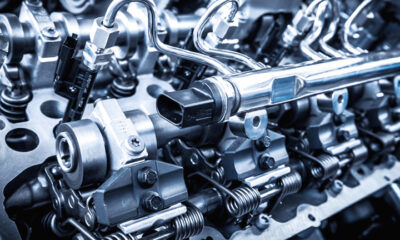
Pinterest
Reflecting on the past few decades, it’s remarkable to observe the transformation of many items and services from basic necessities to luxuries. During the 1980s and 1990s, there was an abundance of affordable, durable goods and accessible services that were integral to daily life. In contrast, many of these are now expensive or scarce, influenced by technological advancements, economic changes, and evolving consumer behaviors. This series delves into how everyday conveniences like solid wood furniture, affordable healthcare, and clean tap water have shifted from being common to premium, illustrating significant societal changes and highlighting how our perceptions of luxury and necessity have evolved.
Rising Costs of Theme Park Tickets

Shutterstock
There was a time when theme park tickets were affordable, allowing families to visit frequently without financial strain. However, today’s ticket prices have soared, necessitating extensive saving and meticulous planning for such trips. The expense of a single visit now often matches that of a modest vacation, transforming what was once a regular pastime into a major financial undertaking. As a result, theme parks have evolved from venues of spontaneous enjoyment to symbols of luxury and extravagance.
Long-Lasting Clothes and Shoes

Shutterstock
The rise of fast fashion has replaced the durable clothing of the past, making well-made garments seem like luxury items now. Previously, clothes and shoes were designed with longevity in mind, but today’s fashion is meant for short-term use. This change not only affects how we shop but also impacts the environment, as disposable fashion contributes to increased waste. High-quality apparel has become a niche market, often with a high price tag.
Durable Appliances and Household Equipment

Shutterstock
In the past, household items such as refrigerators and vacuums were designed for longevity and often repaired rather than replaced. However, the advent of globalization and competitive pricing pressures has led to these durable products being supplanted by more affordable alternatives. This shift makes the older, sturdier appliances appear luxurious by today’s standards. The hallmark of quality that defined the past is in stark contrast to today’s disposable culture, where repairing appliances has become nearly as expensive as purchasing new ones, further promoting a throwaway mentality.
The Evolution of Specialty Shops

Shutterstock
Shopping regularly at specialty stores such as butchers and bakers used to be commonplace. However, these establishments are now often considered premium options compared to supermarkets. The emergence of large grocery chains and the decline of small, specialized shops highlight the changes in shopping habits and urban development. Remaining specialty shops are frequently viewed as boutique or gourmet choices, suggesting a shift from utility to luxury in food shopping. This trend signifies a broader transformation in consumer behaviors, prioritizing convenience over quality.
The Rising Cost of Sports Tickets
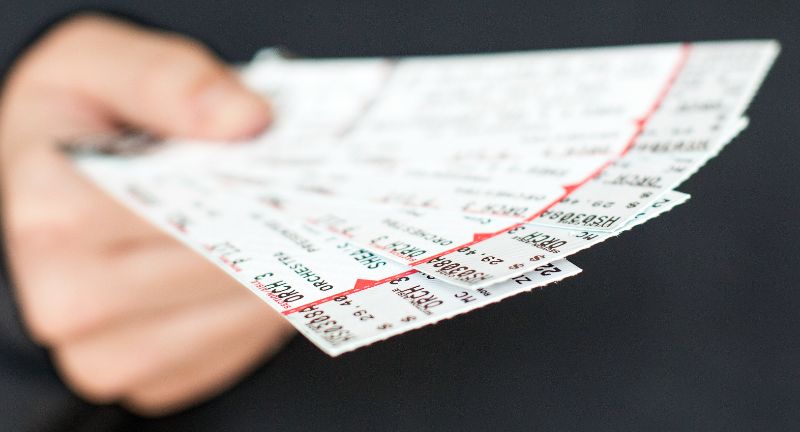
Shutterstock
Once a common and affordable family outing, attending sports events has now become a costly luxury due to skyrocketing ticket prices. The commercialization of sports and lucrative media rights deals have significantly increased costs, making it difficult for average families to afford. What was once a regular pastime has transformed into a special occasion for many.
Week-Long Vacations at National Parks

Shutterstock
Extended vacations in national parks used to be common and affordable, but now, the costs associated with such trips have made them a luxury for many families. The rising expenses of travel, accommodation, and park fees have turned what was once a simple getaway into a significant financial commitment. Additionally, the necessity to book far in advance adds a level of planning that was previously unnecessary. Consequently, the spontaneous road trip to a national park has transformed into a planned luxury.
Record Stores and Bookshops
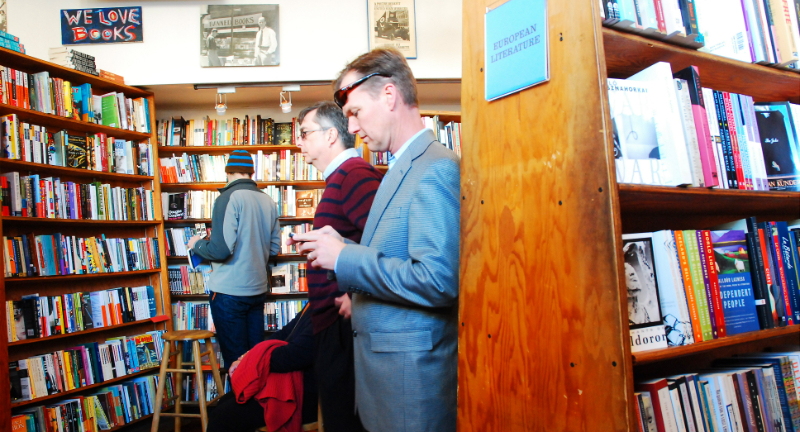
Shutterstock
Browsing through record stores and bookshops was once a common leisure activity. However, the rise of digital media has made these spaces rarer and more nostalgic, often transforming them into premium experiences. The tactile pleasure of flipping through vinyl records or pages of a book has largely been replaced by digital alternatives. These stores, which once served as community hubs, are now niche markets catering to a more selective clientele, emphasizing the luxurious feel of personal, physical media engagement.
The Rising Costs of College Education

Shutterstock
Decades ago, pursuing a four-year college education was far more affordable, with tuition fees approximately a third of today’s costs. Since the 1980s, there has been a staggering 180% increase in tuition fees, transforming what was once a standard expense into a luxury for many individuals. This steep rise in education costs has greatly affected access to higher learning, making it more of a privilege than a widely attainable goal. Nowadays, students often graduate with significant debt, which is a sharp contrast to the financial situation faced by earlier generations.
The Evolution of Live Concert Accessibility
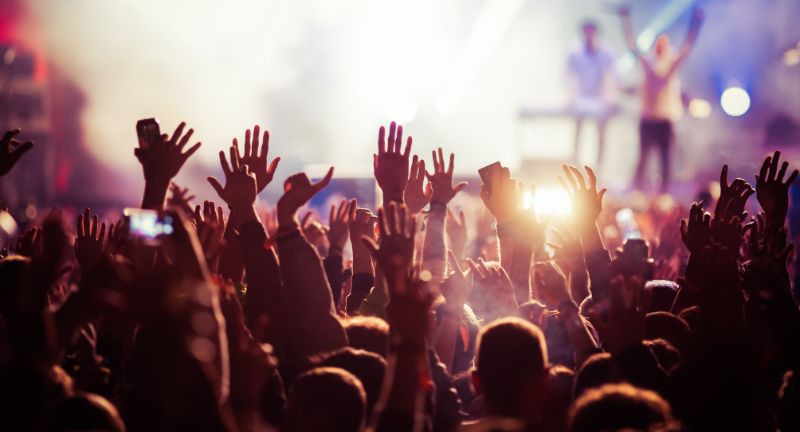
Shutterstock
In earlier times, attending live music performances was more affordable, with ticket prices being relatively low. Nowadays, the increase in ticket costs, driven by shifts in the music industry’s income sources, has transformed concerts into a luxury experience. Musicians’ growing dependence on live shows for revenue has caused ticket prices to rise, making it difficult for many fans to attend. An entertainment option that was once widely accessible is now frequently out of reach for those unable to afford the expensive tickets.
Rising Costs at Farmers’ Markets
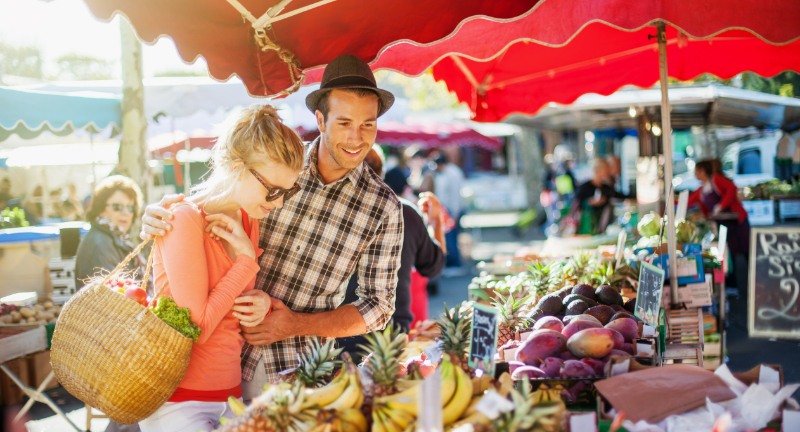
Shutterstock
Farmers’ markets, originally a source of affordable, fresh produce, have seen significant price hikes compared to conventional grocery stores. The increase in costs is largely due to the expenses associated with organic certification and small-scale production. What once was a place for accessible, local food has transitioned into premium shopping venues. This change mirrors wider trends in the agricultural and food sectors, where there’s a growing focus on organic and specialty items, often at the expense of accessibility.
Affordable Apartment Rents
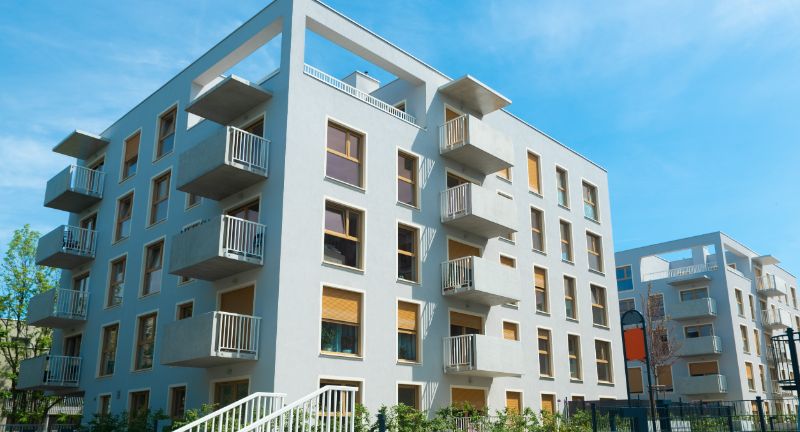
Shutterstock
In the ’80s and ’90s, renting an apartment was often affordable enough to allow savings for other life goals, such as home ownership or travel. Nowadays, the cost of renting in many cities has risen dramatically, consuming a larger portion of monthly income than it did decades ago. This steep increase is due to factors like urbanization, increased demand, and limited housing stock, which have transformed reasonable rents into a significant financial burden for many. The affordability of living in well-located urban areas is now a luxury that few can afford, making what was once a feasible stepping stone for young adults and families increasingly out of reach.
The Shift from One-Time Purchases to Subscription Models in Software
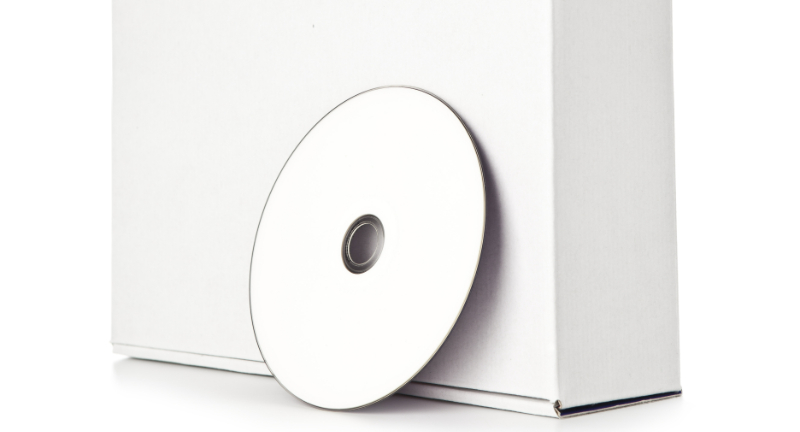
Shutterstock
In the past, software was sold with a perpetual license, allowing users to utilize it indefinitely after making a single purchase. This stands in stark contrast to today’s prevalent subscription models, requiring continuous payments. While the old licensing model now feels like a luxury, the new subscription approach guarantees ongoing revenue for companies but imposes a prolonged financial burden on consumers. Consequently, products once wholly owned now seem like they’re perpetually rented, with consumers never fully escaping the associated costs. This paradigm shift has significantly altered the economic dynamics between consumers and software providers.
Affordable State Fair Fun
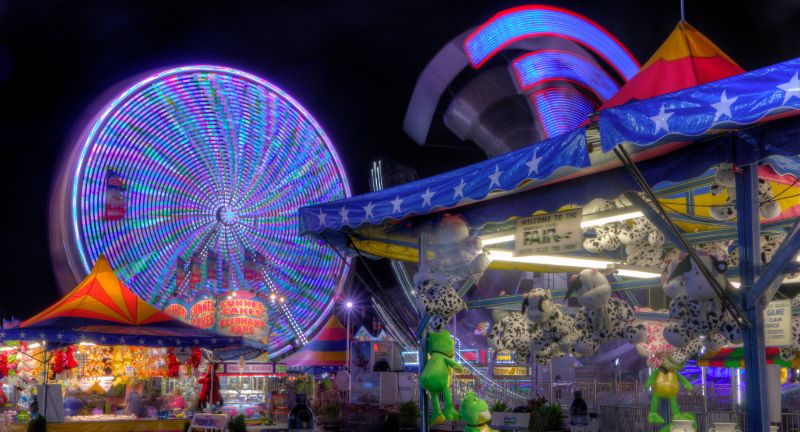
Shutterstock
State fairs, once celebrated for their budget-friendly attractions, are now experiencing rising costs in food and activities, pushing them towards being a luxury. Entry fees, food prices, and entertainment costs have all increased, indicating a shift to more commercialized and profit-driven models. What used to be a summer highlight for many families has become a significant expense. This trend away from accessible public entertainment highlights broader economic changes impacting leisure activities.
The Evolution of Air Travel Costs
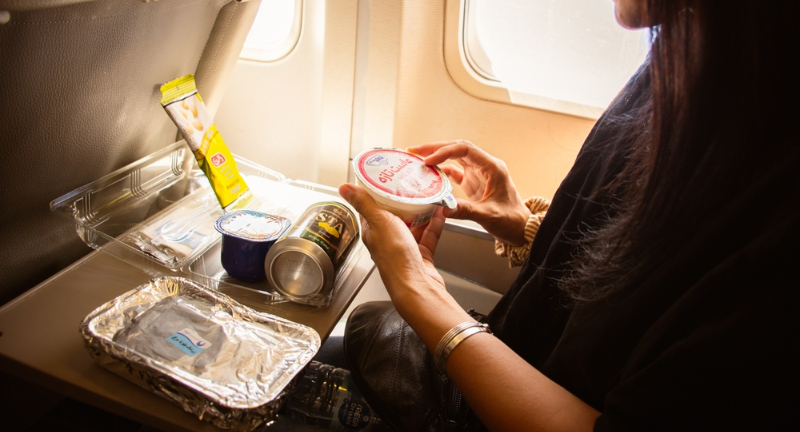
Shutterstock
In the past, air travel included amenities such as meals and checked luggage without extra charges. Nowadays, these services come with additional fees, transforming the standard flying experience into a premium one. The unbundling of airline services has led to a variety of extra fees, considerably raising the cost of what used to be a simple purchase. Achieving comfort and convenience during flights now often requires paying a premium price.
Affordable Healthcare Solutions

Shutterstock
In recent years, healthcare costs have escalated dramatically, transforming what used to be manageable expenses into significant financial burdens for many individuals. The increasing prices of medical care and insurance have turned healthcare into a luxury that not everyone can afford, rather than a universally accessible necessity. This surge in healthcare spending surpasses inflation rates, adding strain not only on individuals but also on the overall economy. These rising costs highlight broader systemic issues in the healthcare industry, such as the high prices of medical technology and prescription drugs.
The Changing Face of Local Festivals and Carnivals
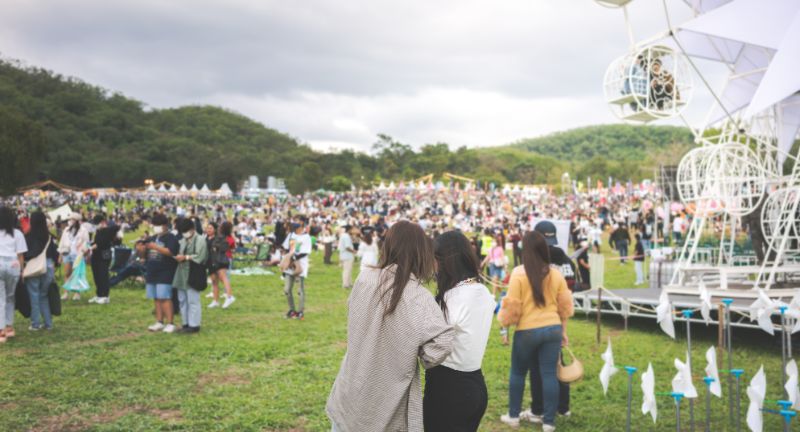
Shutterstock
Local festivals and carnivals, once affordable gatherings for the community, have increasingly become expensive or disappeared altogether. This shift signals a move from communal leisure activities to more commercialized ones. The rising costs of organizing these events have led to higher entry fees, making them less accessible to the public. As a result, community interaction has diminished, reflecting a broader trend towards exclusive, profit-driven events. The transformation of local festivals from community staples to occasional luxuries indicates a significant loss of shared cultural experiences.
Horses on Farms

Shutterstock
Horses were once a common sight on farms and in rural areas, used both for work and leisure. Nowadays, this practice is largely confined to specific communities such as the Amish, making horse ownership a luxurious novelty for the majority. Modern farm equipment and vehicles have replaced horses, relegating equestrian activities to a hobby primarily for the affluent. This transition highlights the changes in rural lifestyles and economic conditions. Today, the expense of owning and maintaining a horse means it is more associated with sport and leisure than necessity.
The Shift from Durable Solid Wood Furniture to Disposable Alternatives
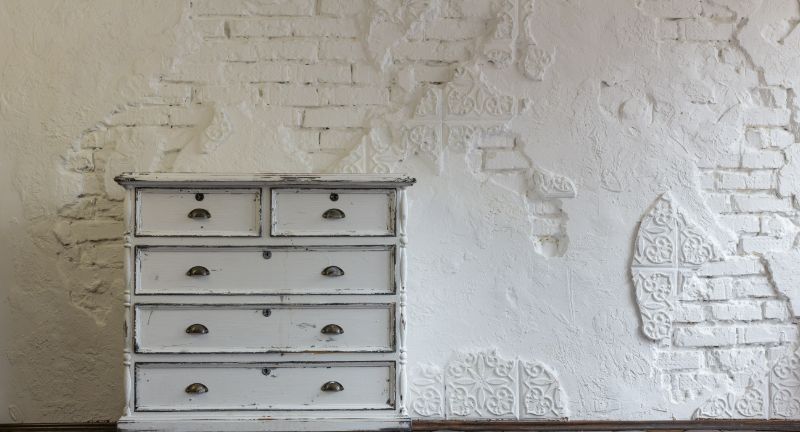
Shutterstock
Once known for its durability and low maintenance, solid wood furniture has become a costly rarity. Manufacturers have shifted towards cheaper, less durable materials to maximize profits, making vintage solid wood pieces highly sought after and expensive. In the past, furniture was seen as a lifelong investment, often passed down through generations. Nowadays, many consumers opt for flat-pack solutions that may only last a few years. This trend towards disposable furniture reflects broader societal shifts towards short-term convenience.
Decline of Manual Skills and Craftsmanship
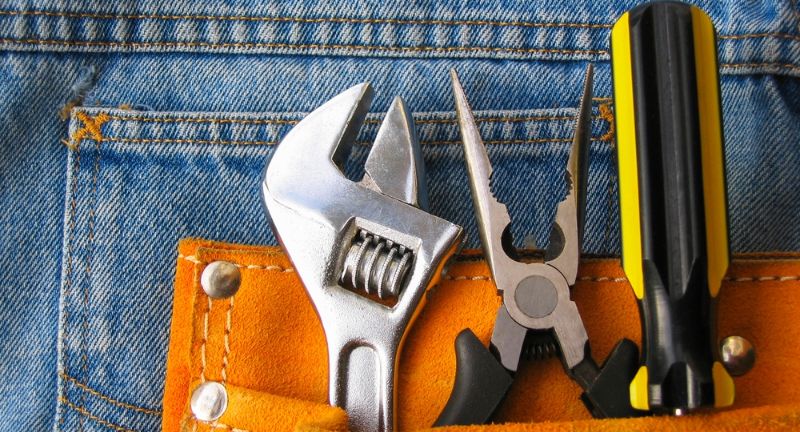
Shutterstock
In the past, manual skills for home repairs and crafts were commonly learned and practiced. Today, hiring experts for even minor repairs or crafting has become a costly luxury. This transition from do-it-yourself (DIY) to professional services highlights broader societal shifts towards specialization and the undervaluing of manual skills in modern economies. Consequently, the ability to repair or create is no longer a common skill but rather a specialized, often expensive, service.
Full-Service Gas Stations
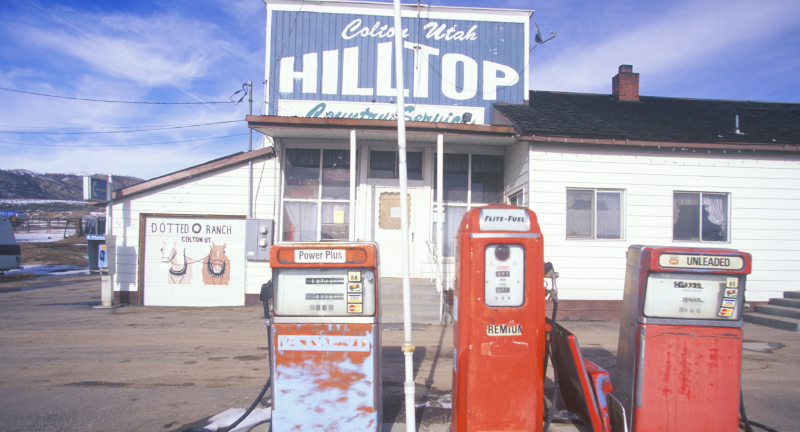
Shutterstock
The convenience of full-service gas stations, where attendants pumped your gas and checked your oil, is mostly a thing of the past. Now, this service is considered a luxury in most places. This shift reflects changes in consumer expectations and the move towards self-service in many aspects of commerce. What was once a standard service is now often a premium offering, highlighting the broader trend towards automation and self-service. Full-service stations, where they still exist, are often seen as a nostalgic throwback to a less hurried time.
Free Driver’s Ed in High School
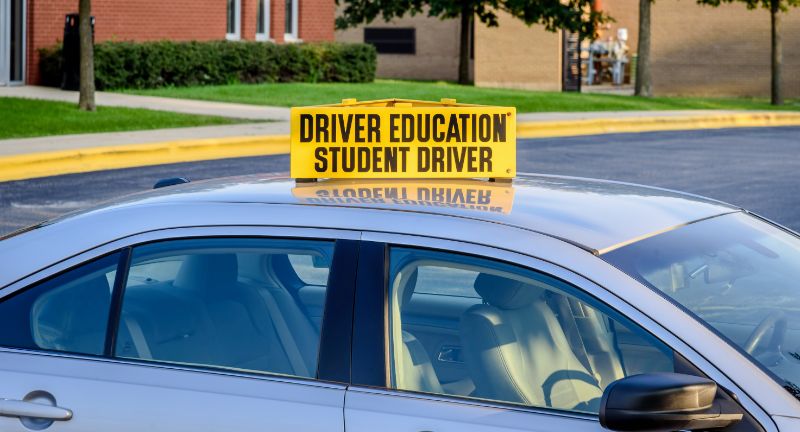
Shutterstock
In the past, high schools frequently provided free driver’s education. However, due to budget cuts, this service has largely been replaced by costly private instruction. This shift has transformed what was once a common rite of passage into a considerable expense. The removal of these programs highlights broader budget constraints and changes in funding priorities within education. As a result, learning to drive now requires a substantial financial investment, making it more difficult for many families to afford. This change has introduced a financial hurdle to an important step towards independence for young people.
The Evolution of Retirement Plans

Shutterstock
In previous generations, employees often enjoyed comprehensive pension plans as a standard benefit from their employers. However, these days, such perks are uncommon. Most workers now find themselves contributing to their own retirement funds, making the old pension system appear quite generous by comparison. This transition from company-sponsored to self-funded retirement plans mirrors wider economic shifts and changing priorities within corporations. As a result, individuals now face a heavier financial responsibility, rendering a comfortable retirement a rare privilege.
Drinking Water from the Tap in the Past and Now

Shutterstock
In the ’80s and ’90s, drinking water straight from the tap without worrying about contaminants was a common practice. However, concerns about water quality and health have increased over the years, prompting many people to invest in water filters and softeners. This evolution has transformed a basic utility into a health-conscious choice, often requiring substantial investment in home water treatment systems. Consequently, pure and safe drinking water, once easily accessible and taken for granted, now sometimes seems like a luxury.
Conclusion

Pinterest
Considering these transformations, it’s evident that economic fluctuations, technological progress, and evolving consumer habits have redefined the concept of a ‘normal’ expense. Items and experiences that were once commonplace have now become symbols of a past era characterized by relative affordability and simplicity. These changes not only affect our spending patterns but also shape our nostalgia, transforming the mundane into something luxurious.

























